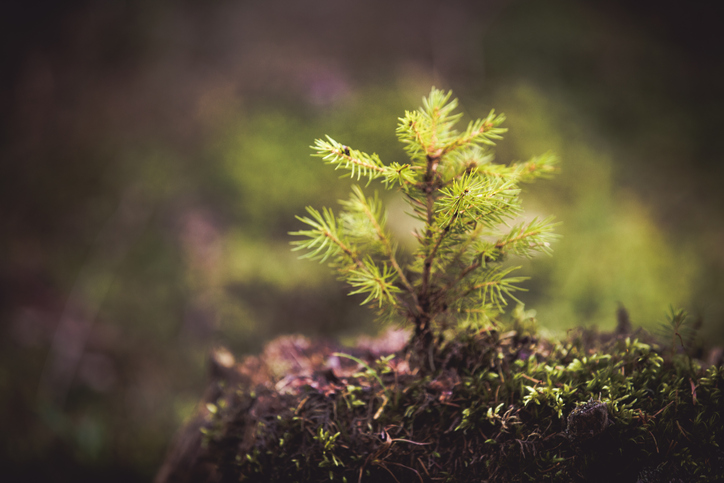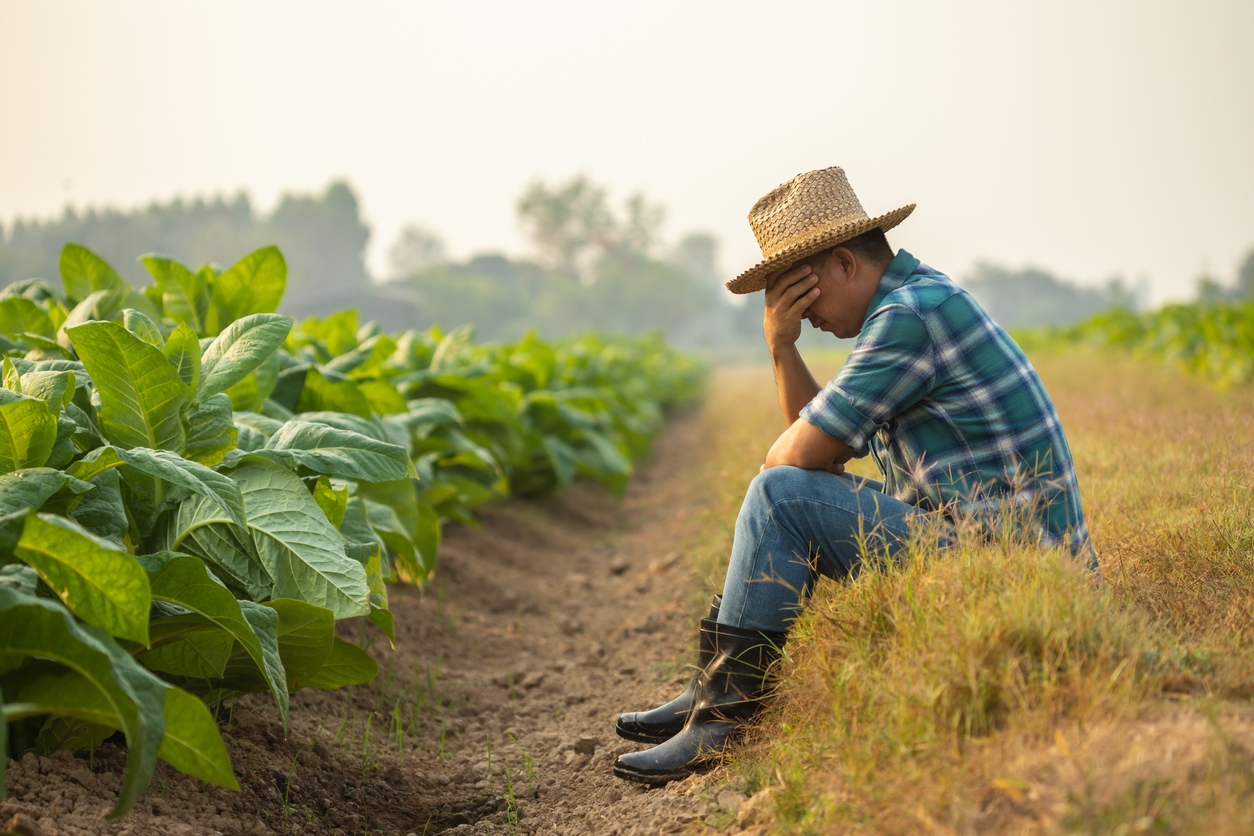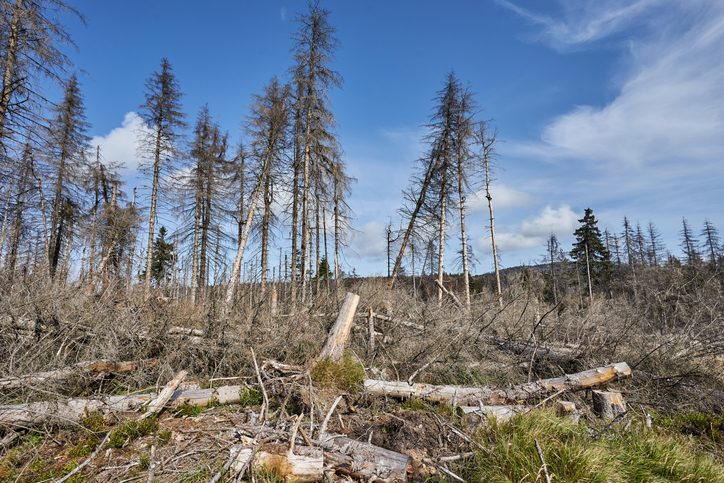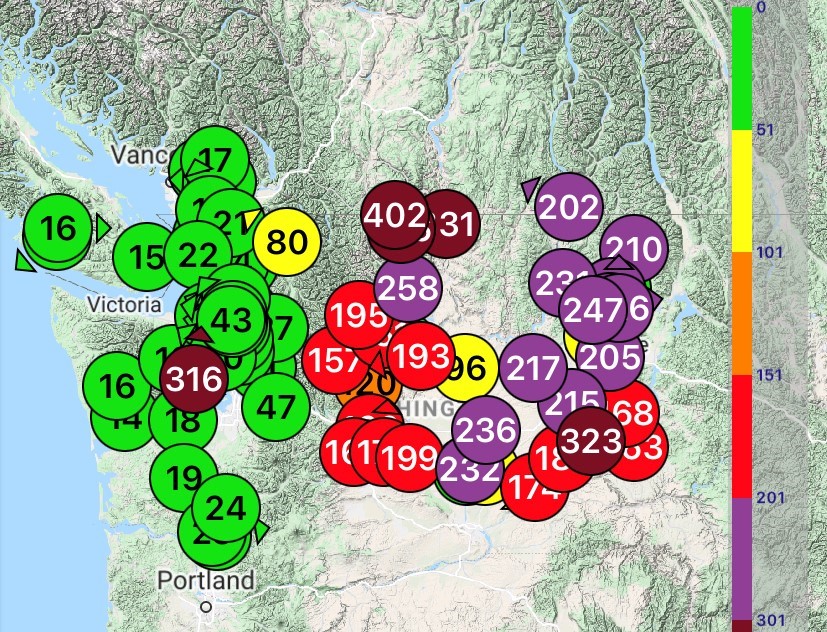Sustainable timber harvests are best for schools, our economy, and the climateBy TODD MYERS |
Director, Center for the Environment
Washington Policy Center
Nov 16, 2021
 In a throwback to the timber wars of the 1990s, some environmental activists are again trying to shut down all timber harvests on state trust land. They claim that stopping harvests would allow trees to absorb CO2 and store it during the lifetime of the tree. This claim is not only contrary to science, but the environmental community makes the exact opposite argument when discussing climate policy. The Washington State Department of Natural Resources is currently calculating sustainable harvest levels for both Western and Eastern Washington trust forests. Sustainable harvests of state-managed forests generated about $200 million for school construction, counties, and other beneficiaries in 2020. The sustainable harvest calculation determines the amount that can be harvested to generate revenue, while protecting the environment and ensuring that harvests today don’t diminish benefits to future generations. The environmental Left is now using concerns about climate change to push a policy they have long advocated – stopping all timber harvests on state land. It is very clear that this policy would be harmful to Washington’s school construction budget, our economy, and to rural communities that are already suffering. The science is also clear that stopping harvests would be bad for the health of our forests, and for the risk of climate change. First, as we’ve noted before, stopping timber harvests would increase CO2 emissions or, at best, do nothing. The most serious problem with the idea of ending timber harvests is that it would not reduce demand for timber. Forests would still be harvested somewhere to for construction materials and other products. Stopping harvests in Washington but increasing harvests elsewhere to meet demand is just a shell game. Instead, there is strong scientific agreement that we should increase demand for exactly the type of structural timber produced in Western Washington forests. Governor Inslee recently signed on to a “Low Carbon Construction Task Force,” which specifically notes that using timber reduces construction-related CO2 emissions. Scientists at the Forest Service Pacific Research Station and the Intergovernmental Panel on Climate Change both note that sustainably harvested forests create the largest climate benefit. The state of California came to the same conclusion. The state regularly survey state forests to measure “carbon flux” – the amount of CO2 absorbed or emitted by trees. A study from the Forest Service Pacific Northwest Research Station and the California Department of Forestry and Fire Protection found that forests that are actively harvested had some of the highest levels of CO2 absorption. The only forests emitting CO2 are “reserve” forests that are decaying and burning. The environmental community knows this. There has been a big push in the last year to oppose forest-based carbon offsets, based in part on California’s experience where forests that were set aside to absorb carbon ended up burning and releasing that CO2. Washington’s recently passed climate legislation strictly limits carbon offsets. But the proposal to shut down timber harvests in Western Washington is based on the exact opposite claim – that the state should sell the same kind of forest-based carbon offsets environmentalists criticize. These two positions are completely incompatible. Sustainable timber harvests provide a range of benefits to our economy, our schools, and environment. But even if we focus only on climate change and reducing CO2 emissions, the science is very clear – as many activists themselves acknowledge – that the best strategy to reduce the risk of climate change, is to support timber harvests and increase the use of timber for construction. With those facts in mind, here are our comments to DNR as officials there begin the scoping process for the two sustainable harvest calculations.
Thank you for the opportunity to submit comments as part of the scoping process for the Eastern and Western Washington sustainable harvest calculations. Here are three things that should be considered when analyzing the impact of sustainable harvest levels for the next decade. - Calculations of the impact of harvest levels on climate change must include substitution of timber for alternatives like concrete and steel. Governor Inslee recently joined the Pacific Coast Collaborative’s Low Carbon Construction Task Force, which specifically mentioned the value of timber as a climate friendly alternative to more energy-intensive building materials. The Intergovernmental Panel on Climate Change agrees, noting that substituting “wood from sustainably managed forests for non-wood materials…reduces GHG emissions in most cases.”
- Calculations of increased carbon uptake by standing timber must include the impact on increased harvests elsewhere due to substitution. Some argue that reducing or stopping harvests in state forests would increase the amount of CO2 stored in timber, reducing atmospheric CO2. Demand for structural timber, however, is unlikely to decline and a reduction in harvests in Washington state would likely be replaced by harvests elsewhere in the world. The net effect of this tradeoff should be considered. The principle of substitution is well understood by DNR. Companies that export raw logs are prohibited from purchasing state timber to prevent substitution of exported logs with logs from state land.
- The impact of Western Washington harvest levels on statewide timber infrastructure should be considered. Although the calculations for Eastern and Western Washington are separate, timber infrastructure is impacted by statewide harvest levels. As the state’s “20-year Forest Health Strategic Plan” for Eastern Washington notes, “To effectively implement landscape-scale forest health treatments in Eastern Washington, there will be a need for adequate milling infrastructure and logging contractors.” The impact of statewide harvest levels on that necessary infrastructure, and the impact on the state’s ability to address our forest health crisis, should be considered to ensure the state has the capacity to address forest health problems.
Thank you for your consideration. |







